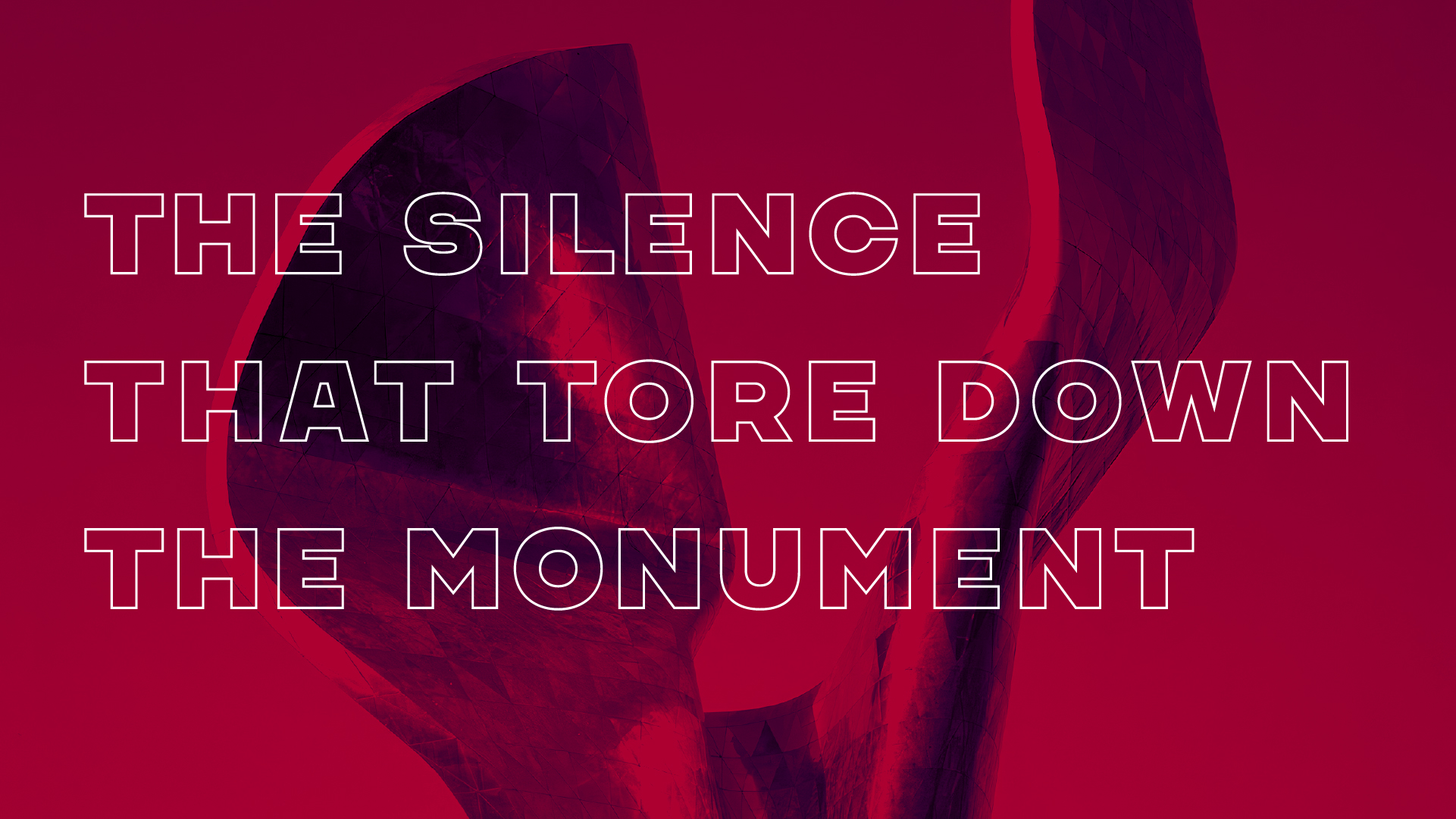
Silence Monument
This project aims to draw special attention to Vojin Bakić’s “Monument to the Victory of the People of Slavonia”, with an artistic installation in place of this demolished memorial. The idea is to restore it with artist Sandro Đukić’s new work, created using Augmented Reality technology.
“Monument to the Victory of the People of Slavonia” in Kamenska, Croatia, a thirty-meter stainless steel sculpture (created from 1958 to 1968) that was an exceptionally challenging engineering endeavor. At the time, it was the largest abstract sculpture in Europe, of high artistic value, and was destroyed in 1992 by members of the Croatian Army during the war in the former Yugoslavia. It endured five days of devastation and was entirely demolished after nine attempts.
Vojin Bakić is one of the most prominent contemporary artists of our time, whose significance was highlighted in 1964 by Herbert Read when he included Bakić in the anthology Modern Sculpture: A Concise History (Thames & Hudson). He is renowned in European sculptural history for his “leafy forms” (1957) and “luminous objects” (1963), marking a significant leap from figurative to abstract art. The sculpture we are referring to combines his leafy forms and luminous objects – which, unfortunately, along with many of Bakić’s other works, was destroyed during the War in Croatia in the 1990s.
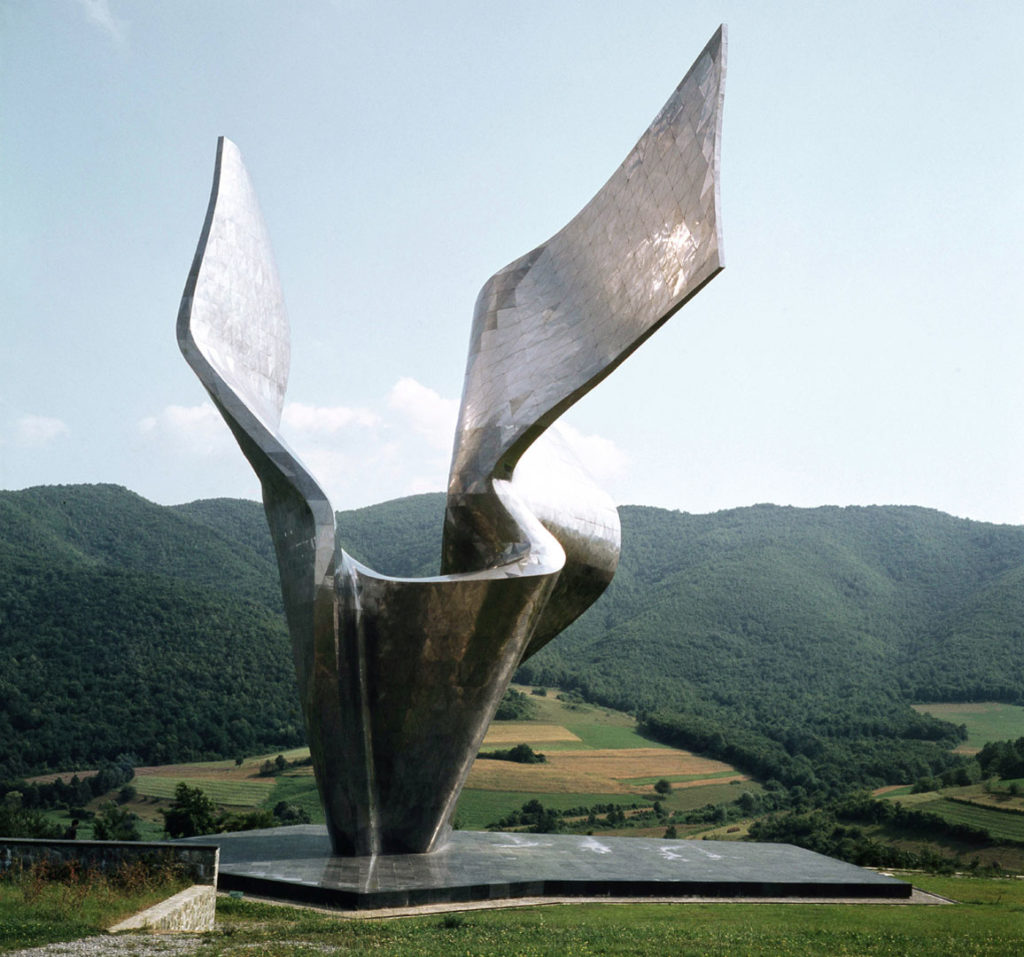
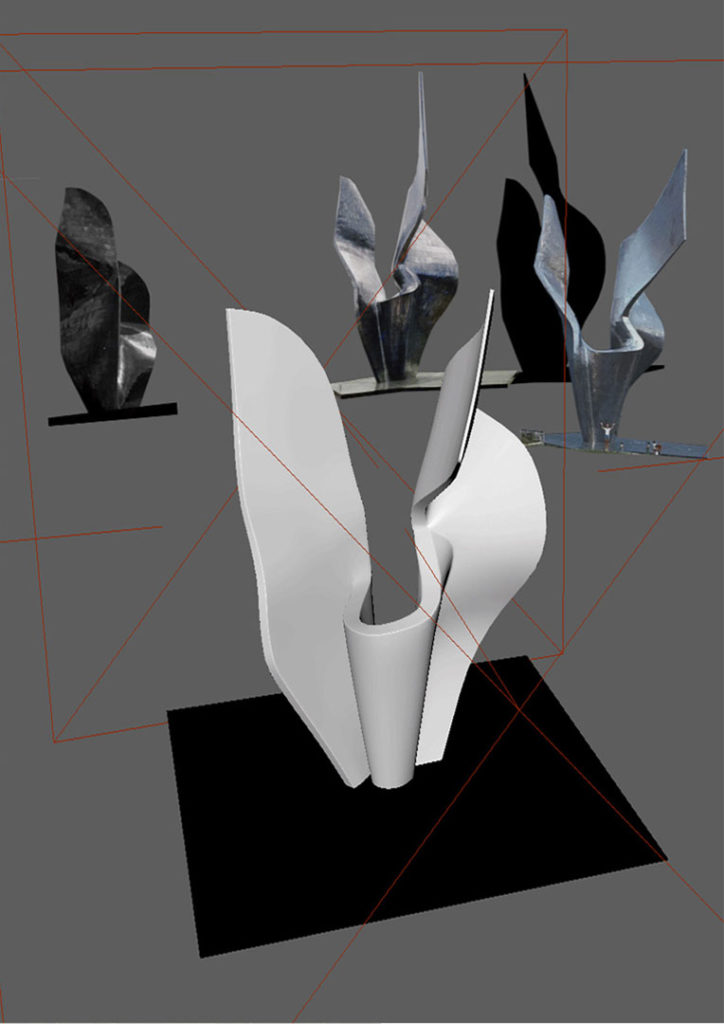
On the thirtieth anniversary of the physical destruction of Bakić’s monument, which paradigmatically points to a policy of systemic destruction of anti-fascist monuments commemorating the National Liberation Struggle and the negligence that facilitated this destruction and persists to this day, we aim to break the silence and show that despite it being demolished, it is, to this day, ingrained into peoples’ consciousness and world art history (Kultermann, Venturi, Read).
In order to manipulate public perception, the media disguised the disgraceful lack of prosecution of this heinous act with silence and masked it with incredulous lies, such as that the wind toppled the monument. These “theories” were disproved by the State Meteorological Service (DHMZ), which released data regarding wind gusts on February 21, 1992, the day the monument fell. The data shows that wind gusts ranged from 0-1 on the Beaufort Scale, otherwise classified in Croatian wind nomenclature as “Silence”. Our project’s title shines a light on the “Silence” from the DHMZ data, and ties it to the “silence” of the governing institutions and the media.
In commemorating thirty years since its demolition, we are recreating the sculpture – a monument and the values etched within it.
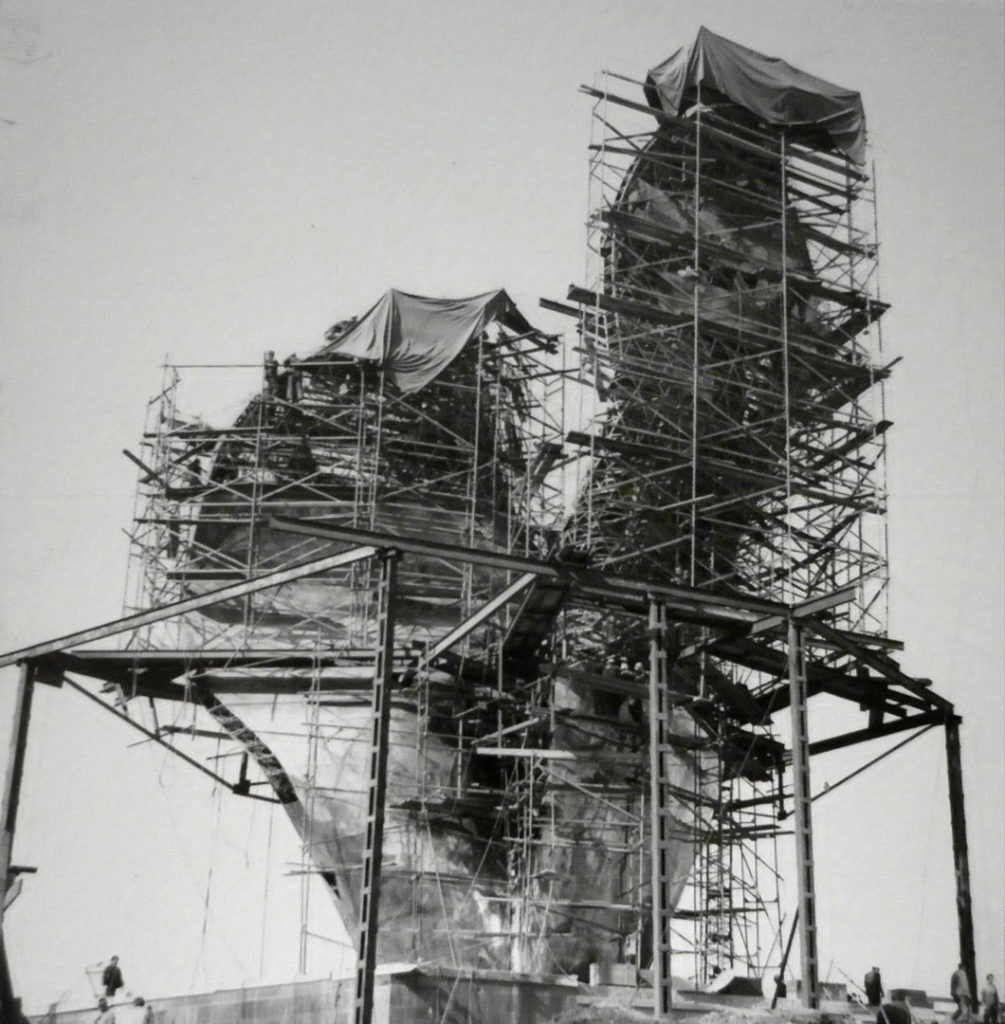
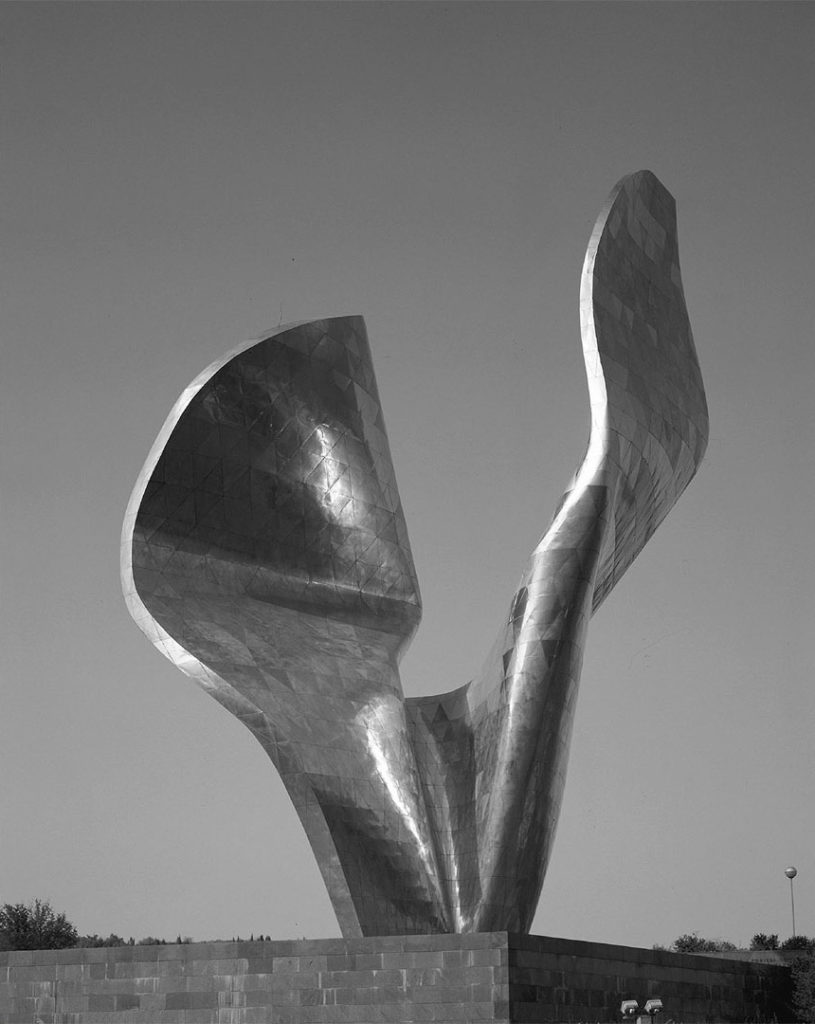
In the fight against all forms of revisionism, we are advocating for a positive stance towards an anti-fascist past and choosing to celebrate its values, along with the artistic values of Vojin Bakić’s sculpture. We are recreating this monumental abstract sculpture through a multimedia project installed in place of the demolished monument. The multimedia project consists of a temporary and permanent artistic installation. The temporary installation will be recreated on a twenty-meter LED screen, a spectacular multimedia solution designed by artist Sandro Đukić. The permanent fixture will be an information panel describing the monument’s history and a QR code, which, with the help of AR technology, will bring the 3D monument to life in place of the destroyed one.
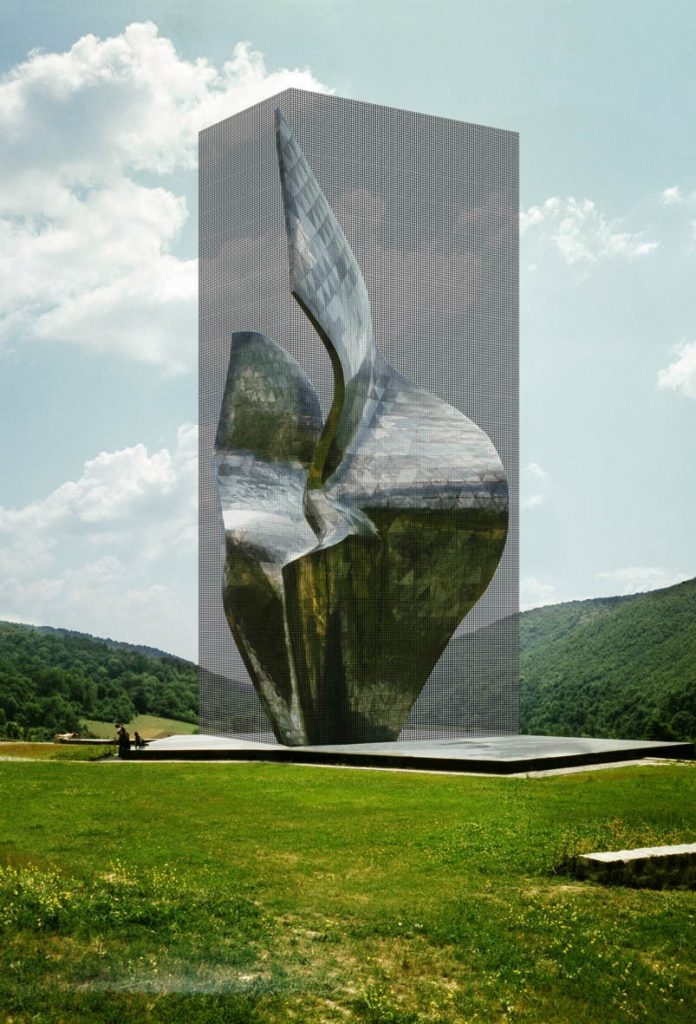
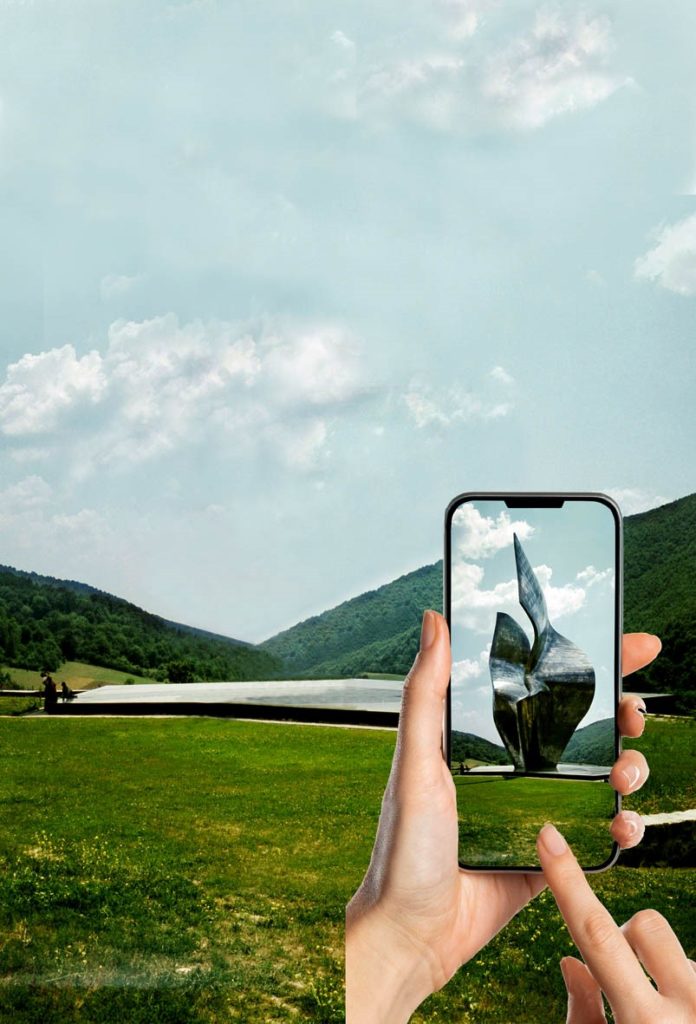

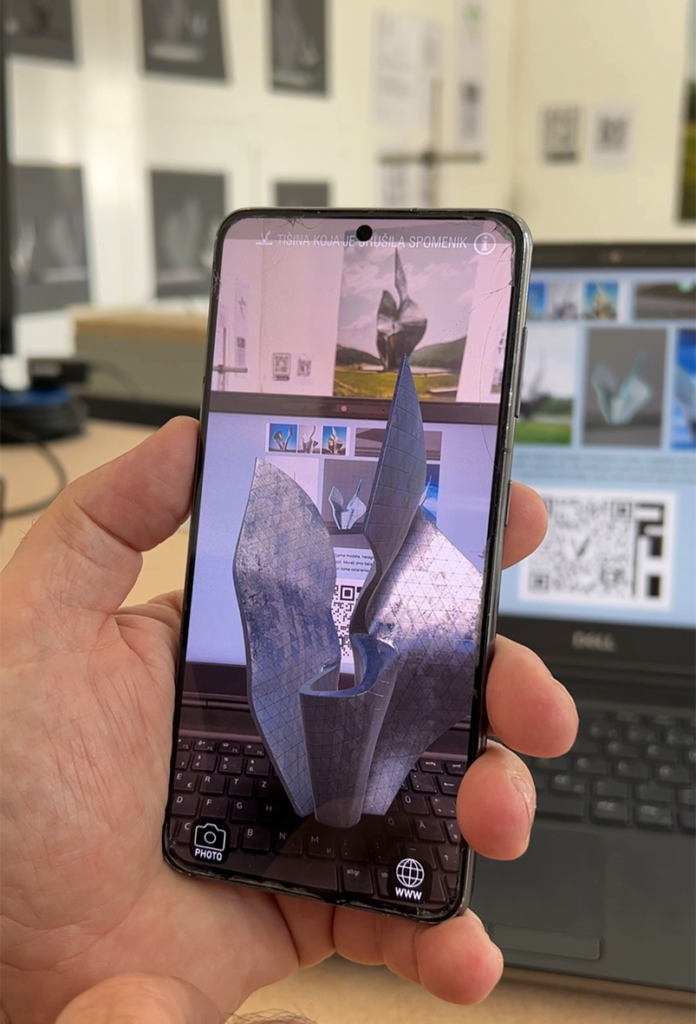
The combination of the location of the demolished and now recreated monument and the atmosphere of Herzog’s “Fitzcarraldo,” whose wilderness lives far from civilization, brings a particular focus to dissemination. We plan an international symposium in a scientific-discursive format, exhibitions, lectures, and information distribution through the media and art institution networks.
A documentary film about the origin and development of the project The Silence that Tore Down the Monument.